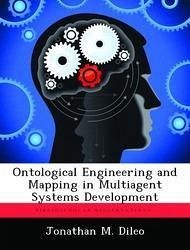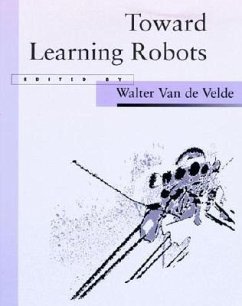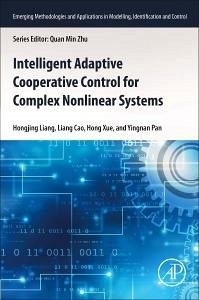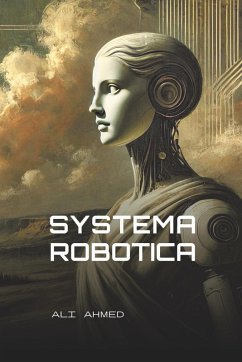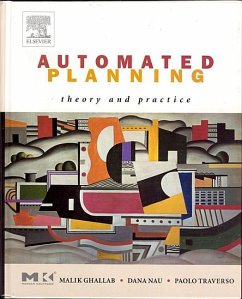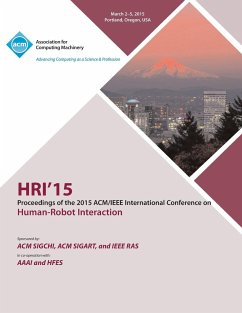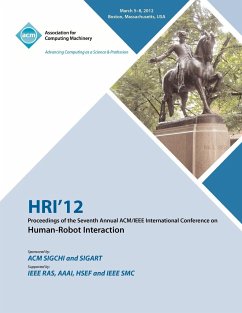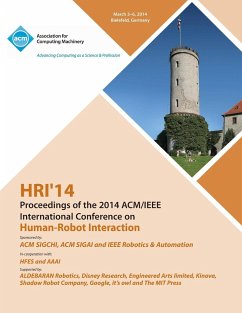
Robot Localizationusing Visualimage Mapping
Versandkostenfrei!
Versandfertig in über 4 Wochen
17,99 €
inkl. MwSt.
Weitere Ausgaben:

PAYBACK Punkte
9 °P sammeln!
One critical step in providing the Air Force the capability to explore unknown environments is for an autonomous agent to determine its location. The calculation of the robot's pose is an optimization problem making use of the robot's internal navigation sensors and data fusion of range sensor readings in calculating the most likely pose. This data fusion process requires the simultaneous generation of a map which the autonomous vehicle can then use for obstacle avoidance, communication with other agents in the same environment, and target location. Our solution entails mounting a Class 1 lase...
One critical step in providing the Air Force the capability to explore unknown environments is for an autonomous agent to determine its location. The calculation of the robot's pose is an optimization problem making use of the robot's internal navigation sensors and data fusion of range sensor readings in calculating the most likely pose. This data fusion process requires the simultaneous generation of a map which the autonomous vehicle can then use for obstacle avoidance, communication with other agents in the same environment, and target location. Our solution entails mounting a Class 1 laser to an ERS-7 AIBO. The laser projects a horizontal line on obstacles in the AIBO camera's field of view. Range readings are determined by capturing and processing multiple image frames, resolving the laser line to the horizon, and extracting distance information to each obstacle. This range data is then used in conjunction with mapping and localization software to accurately navigate the AIBO. This work has been selected by scholars as being culturally important, and is part of the knowledge base of civilization as we know it. This work was reproduced from the original artifact, and remains as true to the original work as possible. Therefore, you will see the original copyright references, library stamps (as most of these works have been housed in our most important libraries around the world), and other notations in the work. This work is in the public domain in the United States of America, and possibly other nations. Within the United States, you may freely copy and distribute this work, as no entity (individual or corporate) has a copyright on the body of the work. As a reproduction of a historical artifact, this work may contain missing or blurred pages, poor pictures, errant marks, etc. Scholars believe, and we concur, that this work is important enough to be preserved, reproduced, and made generally available to the public. We appreciate your support of the preservation process, and thank you for being an important part of keeping this knowledge alive and relevant.




